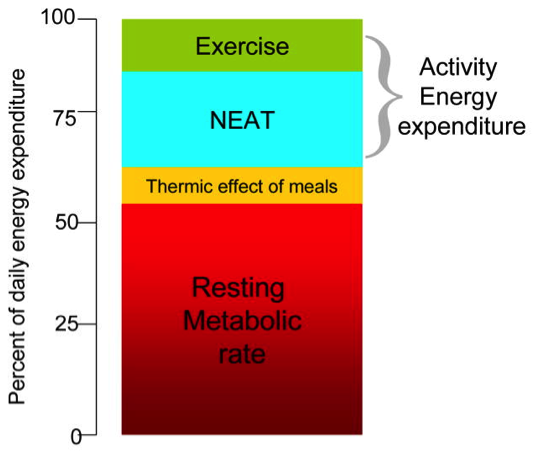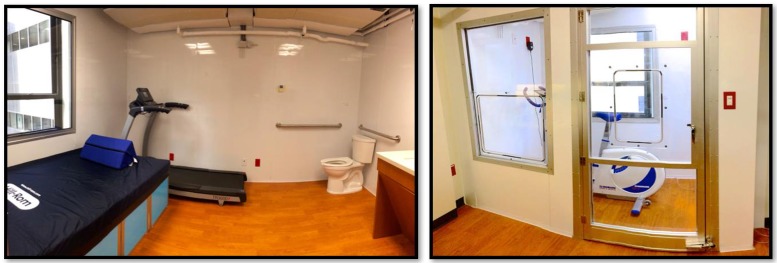Shanshan Chen
Reduced energy expenditure (EE) in sedentary lifestyle has been linked to the dramatic rise in obesity, Type II diabetes, and heart disease in modern society. To study this epidemic and ultimately motivate expending more energy in daily life, accurately monitoring of EE for each individual is desired. However, current accurate EE assessment is still limited to expensive laboratory tools, which are often challenged by the ease of use, accessibility and portability and therefore fail to meet the requirements for long-term, remote, personal EE monitoring.
Energy Metabolism

Human EE is comprised of various components and is infuenced by many factors. The largest component of human EE is resting EE, which is the energy required to carry out fundamental physiological functions, contributing 60–80% of the total daily EE. REE is infuenced by various physiological characteristics, including gender, ethnicity, age, body composition, various metabolic syndromes, and gene variations. Additionally, resting EE responds to environmental stimuli, such as cold temperatures, food intake and dietary composition (Thermic Effect of Food). Moreover, REE drops signifcantly during sleep25 and varies by circadian phase26. A smaller, yet important component of human EE is activity-induced EE (AEE). Activities can be subdivided into two categories: non-exercise activity thermogenesis (NEAT) and volitional exercise. NEAT includes occupational and leisure activities and any spontaneous activities, such as fdgeting and maintenance of posture. Because of these factors, REE needs to be assessed under controlled experimental conditions. By providing environmental control and real-time measurements over extended periods, Whole-room Indirect Calorimeer are the perfect tools to isolate the various components of EE.
Why Smart Wearable Sensors aren’t Enough for Telling You Daily Energy Expenditure
Smart wearable sensors, such as FitBit and Apple Watch, often comes with apps to monitor your activity levels and tell you how much calories you burned. However, these calorie numbers can be questionable as activity + heart rate tracking cannot capture the complex components of energy metabolism detailed above. This limitation is beyond algorithms and sensors as wearable activity sensors simply don’t measure REE, NEAT, or Thermic Effect of Food, which are components that consistently vary from individual to individual.
What wearable sensors are good at measuring, at least with the current start-of-the-art devices, is the AEE component. I have done research on this front when I was a PhD student intern at IMEC the Netherlands (collaborated with Marco Altini). While an error (RMSE) of about 1 kcal/min was achieved without tedious supervised activity recognition (read, endless experimental control and labeling work), this is a large error that cannot be reliably used in clinical research (e.g. weight loss program).
Whole-room Indirect Calorimeer
At VCU, I supervise the operations of two whole-room indirect calorimeters (a.k.a human metabolic chambers), located at the Clinical Research Service Unit (CRSU).

This powerful measurement instrument lends an important perspective for physicians to study metabolism clinically by providing a continuous and objective assessment of resting energy expenditure and respiratory exchange ratio, whilst providing a near-free living environment. Besides routine maintenance, I have worked on system integration, improvement, optimization, and error characterization of this instrument. For example, I proposed a solution based on novel signal processing techniques that allows researchers to collect dynamic metabolic signals (e.g. during short-interval exercises) which were not previously possible. This solution has also been validated against conventional metabolic carts. This instrument has been used in multiple clinical studies at VCU.